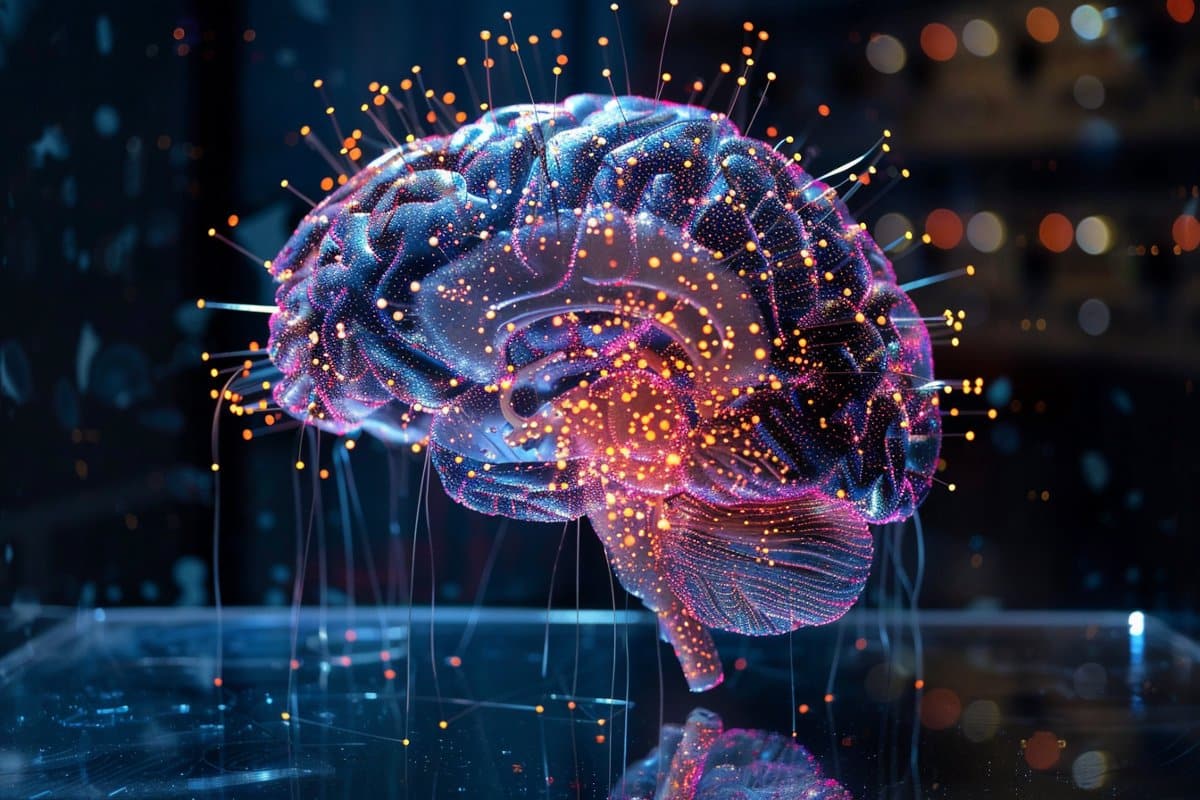Scientists are utilizing worms to higher perceive the human mind: Particularly the way it processes the sense of odor. So far they’ve achieved a fairly spectacular activity: They are ready to acknowledge what the worm smelled a couple of seconds in the past simply by taking a look at its mind.“We discovered some sudden issues after we began trying on the impact of those sensory stimuli on particular person cells and connections inside the worms’ brains,” stated Salk Associate Professor Sreekanth Chalasani, member of the Molecular Neurobiology Laboratory and senior creator of the brand new work.Chalasani needed to examine how the mind processes info from the surface world on the mobile degree. However, this was very arduous to do on the human mind because it has 86 billion cells. The microscopic worm, Caenorhabditis elegans, has solely 302 neurons making it straightforward to monitor.Chalasani and his group engineered C. elegans to give every of their 302 neurons a fluorescent sensor that might gentle up when the neuron was triggered and adopted the worms underneath a microscope as they have been uncovered to 5 chemical substances: benzaldehyde, diacetyl, isoamyl alcohol, 2-nonanone, and sodium chloride.These 5 chemical substances odor like almond, buttered popcorn, banana, cheese, and salt to people. But the researchers had a tough time differentiating between the results of the completely different smells. They then turned to a mathematical strategy. The strategy referred to as graph idea analyzed the collective interactions between pairs of cells.Finally, they paired their new strategy with machine studying so as to have the opportunity to differentiate between much more discreet interactions. They discovered that this new algorithm was ready to clearly differentiate the neural response to salt and benzaldehyde however usually confused the opposite three chemical substances.Now, the researchers hope to use the teachings from this examine to achieve a deeper understanding of how people encode info within the mind and what goes flawed within the circumstances of sensory processing problems reminiscent of consideration deficit hyperactivity problems (ADHD), and autism. The examine is revealed within the journal PLOS Computational Biology.




